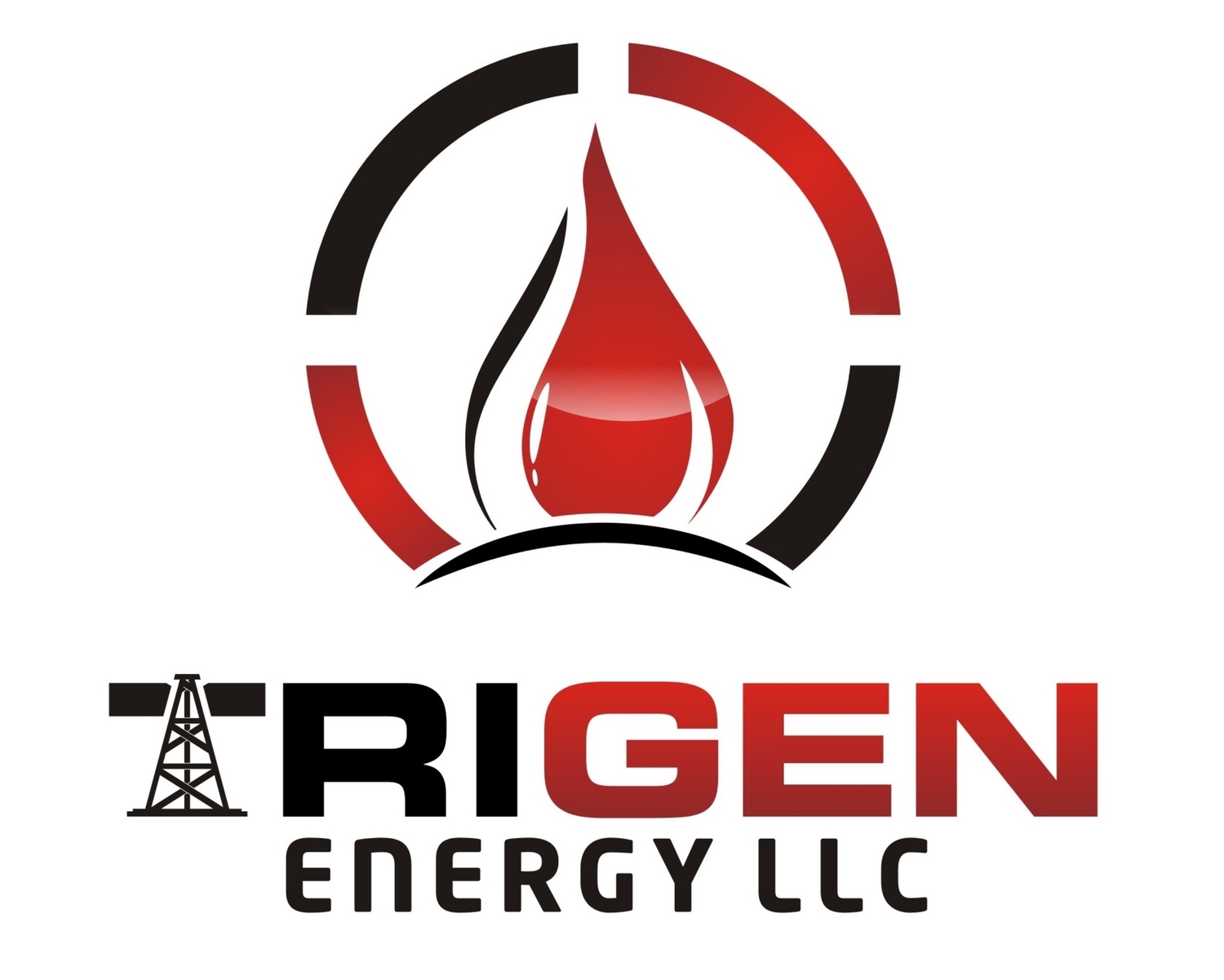Grantee vs. Grantor Indexes
In real estate, a “grantee” is someone who receives land from another party. The person granting the real estate (usually by selling it to the grantee) is referred to as the “grantor.”
A single piece of property may exchange hands dozens of times from the date of its original granting. Companies that run title perform detailed research to help stakeholders understand a tract’s history and current ownership. Grantee and grantor indexes contain essential information for preparing run sheets and running title.
Grantee Index & Title Research
At Trigen Energy, we regularly support the title research needs of energy project developers. This process typically begins by obtaining the parcel number, visiting the local assessor’s office or website, pulling the tax card, and identifying the current owner’s name. From there, a researcher will parse through the grantee index until the owner’s name is found. The grantee index also indicates the grantor’s name and where to find documentation in the deed book. Depending on the project, this process is usually repeated for the seller’s name within a specified time window (such as 40 years) or all the way back to original granting (“to patent”).
Grantor Index & Title Research
After reviewing the grantee index, our researcher usually switches over to the grantor index. The initial owner is followed forward in time until he or she sold the tract to the next entity. Oil and gas leases, easements, and mineral rights severances are notated. Copies of warranty deeds, quitclaim deeds, and other documents are photocopied (or downloaded) and saved in a file. This process is repeated until the researcher arrives back at the present day owner, who is listed in the tax card.
Accessing Grantee and Grantor Indexes
In the United States, grantee and grantor indexes are typically maintained at the county level. Some recorder’s offices provide online access for streamlined research. For example, Lake County California’s recorded documents database enables users to search by the grantor’s name, grantee’s name, and recorded date. Some counties maintain “tract books,” which can reduce or eliminate the need to manually search through grantee and grantor indexes.
Contact Trigen Energy to discuss your carbon capture and storage (CCS) and energy projects.

